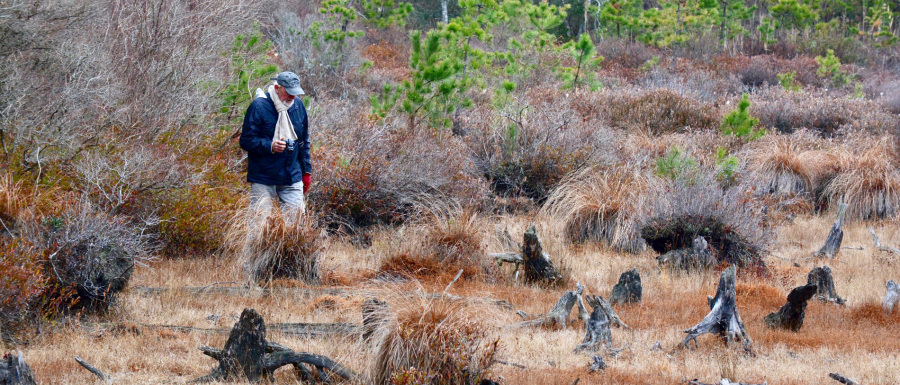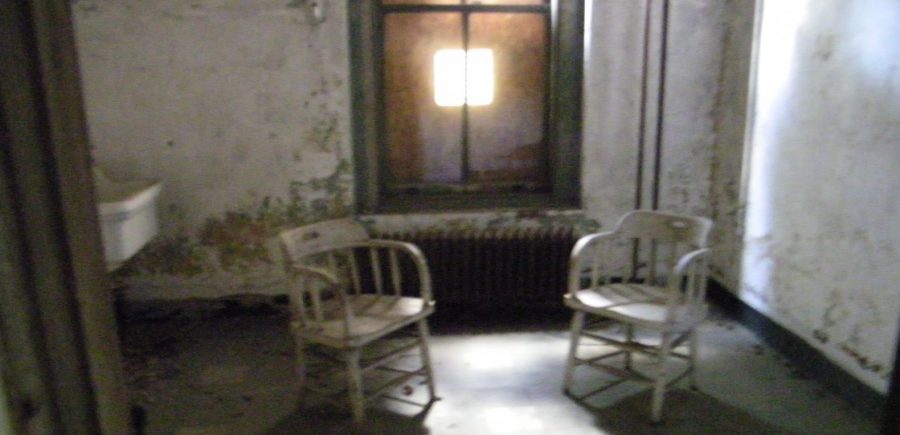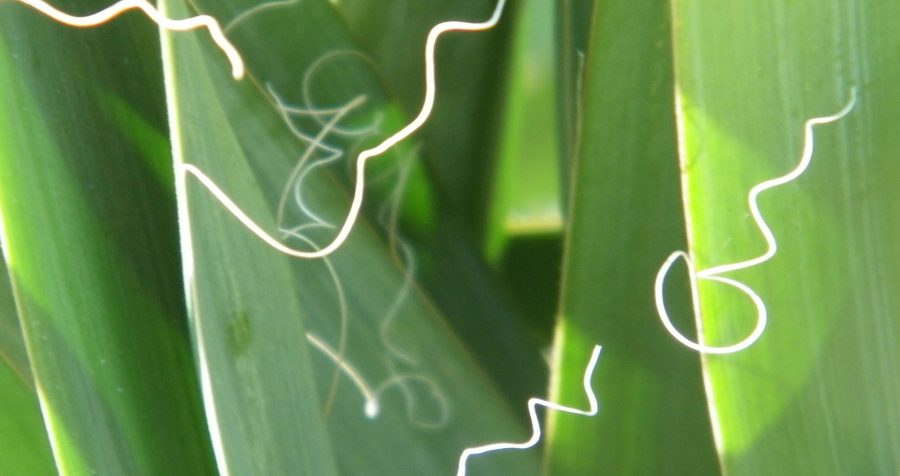Nancy and I attended on Pier 54 in Manhattan. “This is a one-time event for us.” The $35 entrance fee suggested to me that THIS BETTER BE GOOD! “Just once to get an idea.” Nancy added. Up to this point, I haven’t paid much attention to dogs. In fact, I have tried to avoid them after the day I toured the Babylon Animal Shelter to consider becoming a volunteer. It only took an hour to decide that being in the same building with 24 of the fiercest looking pit bulls I’ve ever seen that I’d pass. Taking nature walks in Gardiners County Park close by was another reason. It is a popular dog walker’s park. As I pass leashed dogs or they pass me, I gave wide birth…pretending to be afraid. I was trying to tell adult humans that I wanted this park for nature, not dogs, forgetting that yes, dogs too are part of nature.
It did not take too long to see dogs in a new light. Here, they are the center of attention. The show layout was L-shaped. One leg was the bench area, the other the ring area. There’s also a gift shop and exhibition area, and food court.
The bench isles are the staging area where dogs, owners, and handlers get the dogs ready for competition. Dogs are groomed by teasing and combing, blow drying, cutting, talking to, patting, and penning. Some dogs are sleeping. Many are on small platforms with leashed necks so they can be attended to. The bench area is organized by breed. There are over 200 breeds and 3000 dogs. Each bench contains the paraphernalia necessary to make their dogs glamorous.







